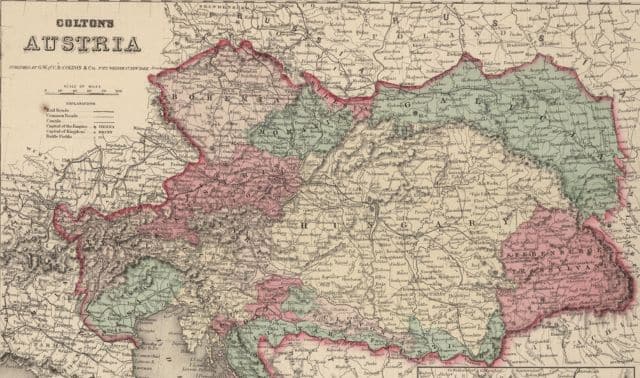Tracing your family in Hungary relies on two key components—the immigrant’s name and the ancestral town or village. Some tips for researching them:
Names
An immigrant’s name is often your first stumbling block when you begin searching for records, especially online. Surnames that seem unusual to you—Balog, Horváth, Kovács, Nagy; find more at Radix—might be as common in Hungary as Smiths and Johnsons are here, making surname searches of databases and indexes impractical.
To use Hungarian records, you need to know your ancestors’ original name in the old country—which might have changed multiple times after their arrival in America. Ask your living relatives for all possible spellings, and don’t wholeheartedly believe Aunt Betty when she insists, “Our name has always been spelled this way” or “Our name was changed at Ellis Island.” (The latter is a myth; see About.com’s Genealogy article.) Most immigrants changed their names themselves to be more American: Anglicizing the spelling, choosing an English equivalent or picking a new name entirely. This also applies to first names. Uncle John might’ve been János in the old country, and Great-grandma Elizabeth, Erzébet.
Two more naming traditions to be aware of: Hungarians commonly put their family names before their given names, the reverse of most Western cultures. And women often won’t appear by their own name, but by adding the suffix -né to her husband’s—for example, Great-grandma might show up as Kovács Mátyásné (equivalent to Mrs. Mátyás Kovács) instead of Erzébet. Learn more in Hungarian Names 101.
Another good resource is Századunk névváltoztatásai 1800–1893, a book (in Hungarian) published in 1895 with 15,000 19th-century Hungarian name changes. It provides the new and old surname, occupation, place, names of children taking the new surname, year the change was authorized and more. It’s digitized in Google Books.
Places
If you don’t know your ancestral town or village, building your family tree will be next to impossible. That’s because Hungarian records are stored and organized geographically—by county (megye), district (járás) and locality. Over time, county and district borders moved, and names changed. Of course, you’ll also encounter misspellings and mistranscriptions in US sources, so it’s important to determine the correct names. Before 1918, many Hungarian records listed both a village and county name—for instance, Pósa, Zemplén. Try not to confuse the two: Pósa is the village; Zemplén is the former county. Use gazetteers to sort out those jurisdictional distinctions.




